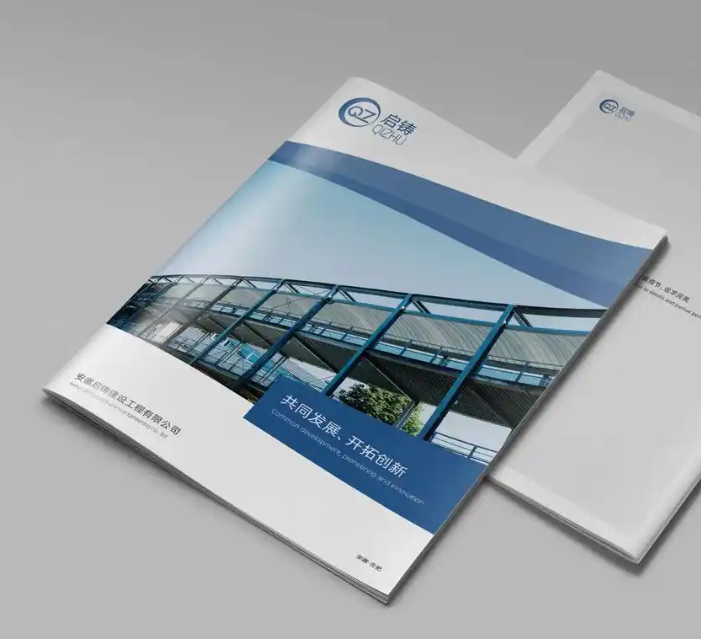As a key medium for corporate promotion and product display, the quality and durability of brochures directly impact brand perception. Lamination, which involves applying a BOPP film layer to printed materials, significantly enhances both visual appeal and longevity. Below are the key benefits and technical details of brochure lamination:
1. Core Advantages of Lamination
- Enhanced Visual Appeal
- Glossy film delivers vibrant colors and shine, while matte film offers an elegant, non-reflective finish.
- Improved Durability
- Waterproof, stain-resistant, and scratch-proof properties protect brochures during handling or shipping.
- Extended Preservation
- Blocks air and moisture, preventing paper yellowing and ink fading, ideal for archival-quality brochures.
2. Lamination Techniques
- Dry Lamination
- Adhesive is dried before pressing, suitable for heavyweight paper with strong bonding.
- Wet Lamination
- Immediate bonding without drying, efficient for thin paper or urgent orders but requires tension control.
3. Industry Applications
- Luxury Brand Brochures: Matte film for premium industries like fashion and automotive.
- Exhibition Catalogs: Glossy film to maximize visual impact.
- Product Catalogs: Laminated pages withstand frequent flipping.
4. Key Considerations for Adhesive Selection
- Eco-Friendliness: Water-based adhesives with low VOC emissions.
- Compatibility: Test film adhesion to inks to avoid delamination.
Lamination is a cost-effective way to elevate brochure value, blending brand aesthetics with functional resilience.

